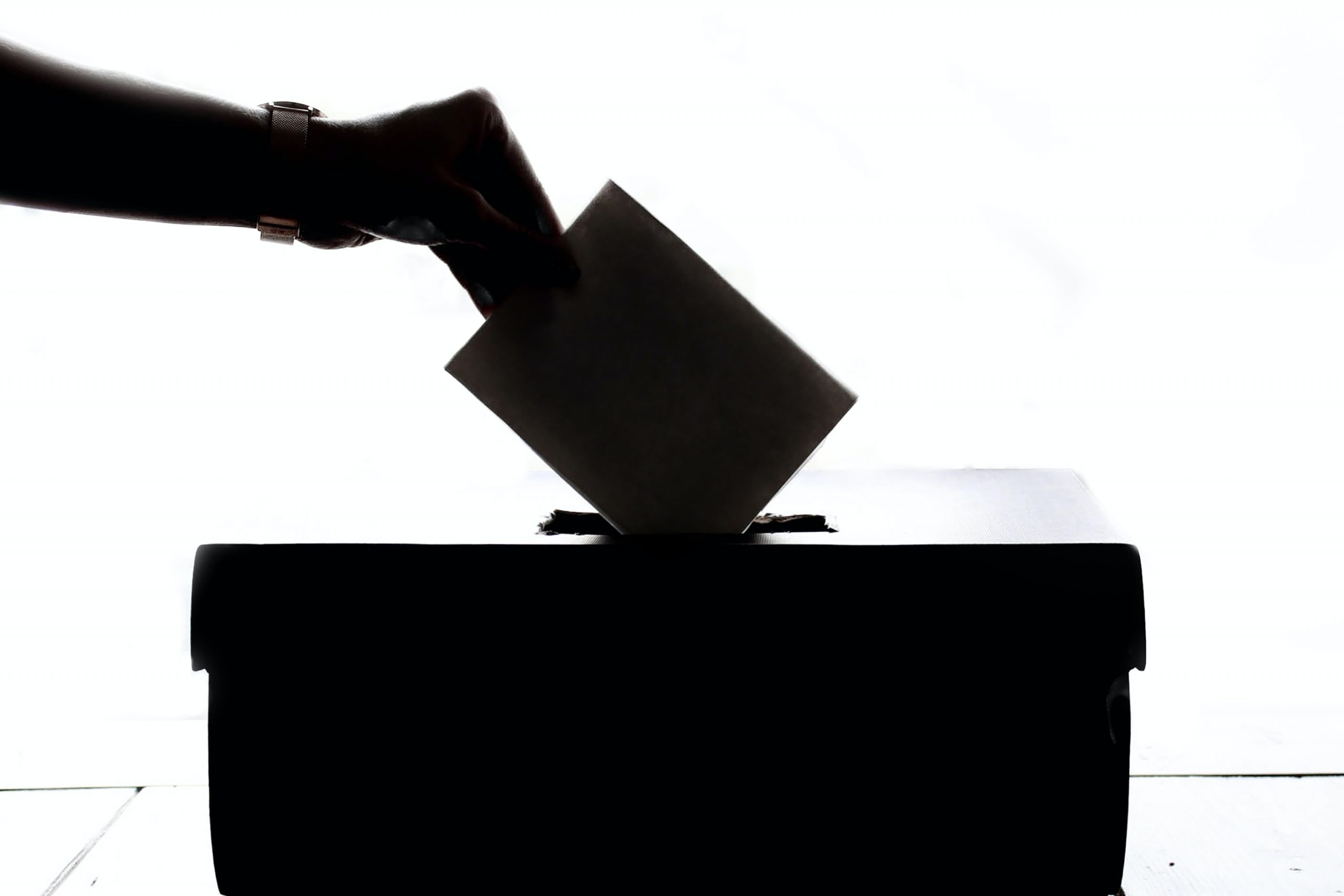Now we know that the introduction of Voter ID was, in a former cabinet minister’s own words, “gerrymandering”, and that it inadvertently stopped many older people from voting, is it not time to change the rules back to where they were. Is this, asks Tony Watts OBE, perhaps the perfect context for some intergenerational collaboration?
Former Cabinet minister Jacob Rees-Mogg has been hitting the headlines for all the wrong reasons this week after admitting that the decision made by the Government to impose photographic voter ID was to make it harder for some groups to vote – or “gerrymandering” to give it its historic name, and as he himself described it.
Speaking at the National Conservatism conference on Monday 15 May, Rees-Mogg said: “Parties that try and gerrymander end up finding their clever scheme comes back to bite them, as dare I say we found by insisting on voter ID for elections.
“We found the people who didn’t have ID were elderly and they by and large voted Conservative,” adding, “so we made it hard for our own voters and we upset a system that worked perfectly well.”
The demographics of voting
He has a point. For the 2019 election, YouGov estimated that the chance of someone voting Conservative increased by around nine points with every 10 years of age, while Ipsos MORI estimates that the Conservatives had a 47-point lead amongst voters aged 65 and above. Meanwhile, Labour had a 43-point lead amongst voters aged 18-24 and a 24-point lead amongst voters aged 25-34.
It’s worth remembering that the new law was proposed and made its way through parliament while Rees-Mogg was serving in a senior capacity in the government, so there is no reason to doubt the veracity of his statement. The problem is: what happens next?
To me, the proposal looked doomed from the start simply because, while it certainly made life harder for many younger people (especially as some forms of ID available to older voters were barred for younger ones) as he himself now recognises, one of the core groups who tend to vote Conservative are… older people, many of whom may not have photographic ID.
Moreover, getting hold of a Voter Authority Certificate was not that easy unless you applied online: again, a barrier to many older voters. Hardly surprisingly, just 83,319 people out of the two million who lacked the necessary ID to vote applied for a certificate ahead of the elections.
The right to vote
Like many of my generation, it was drummed into me from an early age that political franchise was a hard-earned privilege, and it was my duty to vote. Come rain or shine, regardless of whether there was anyone who had actually earned my support, I’ve voted in all 13 general elections since and all of the countless local ones too. So many older people will be very disappointed to have missed out last time: will the same happen next time?
Observers from an organisation called Democracy Volunteers reckon that 1.2% of voters were turned away because they lacked ID, although there is no breakdown of ages. But how many older people didn’t even turn up because they knew they’d be turned away?
Bearing in mind that around 32 million people voted at the 2019 general election, and just 164 cases of alleged voter fraud were reported to the electoral commission, do we really need to continue with this approach?
Perhaps the combination of the own goal they have conceded, plus the prospect of political fallout from Rees-Mogg’s admission of gerrymandering, will encourage a change of heart. But, if not, an almighty effort will be needed to ensure that millions of voters of all ages and backgrounds aren’t disenfranchised next time around.
The perfect context for some intergenerational collaboration, perhaps?
Photo by Element5 Digital on Unsplash
